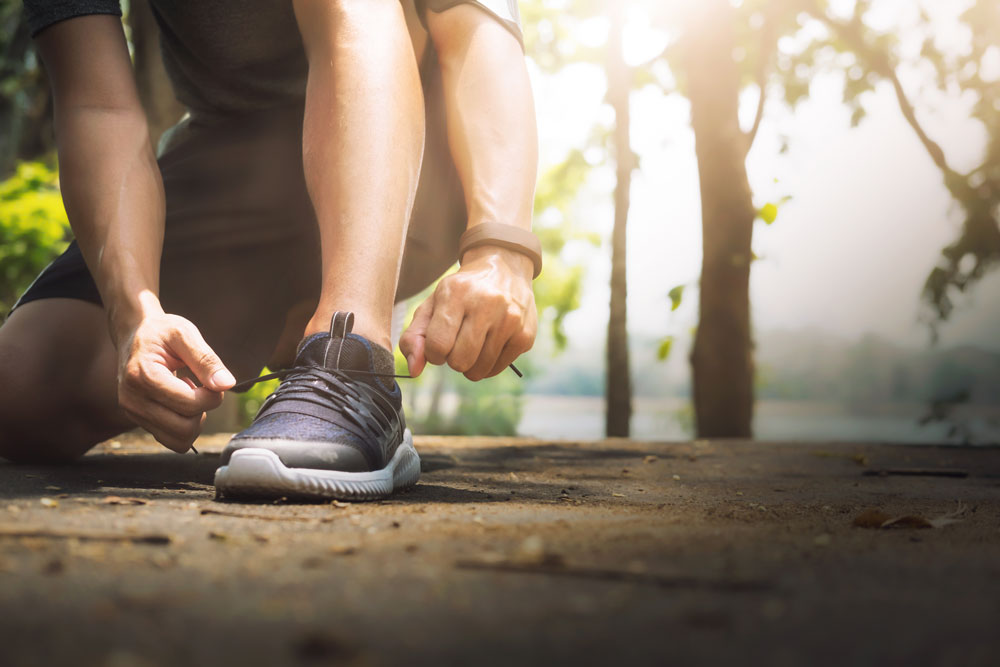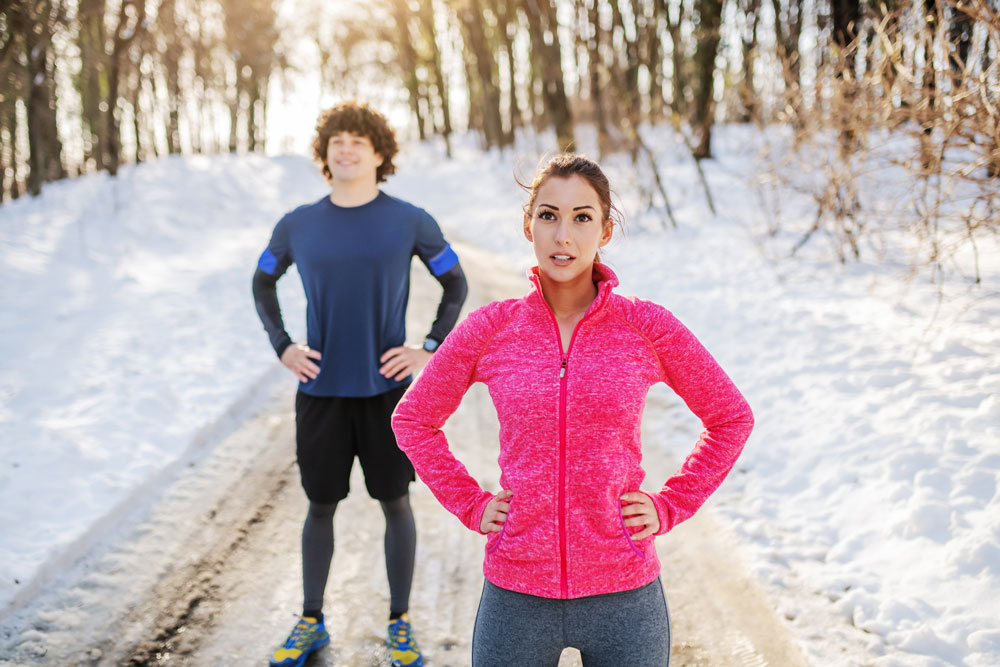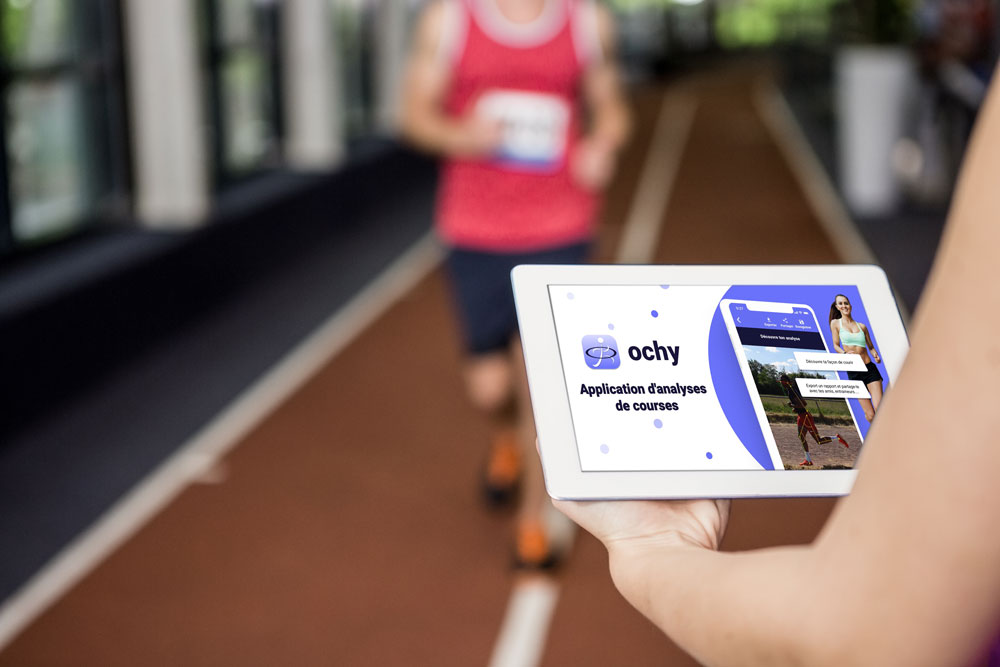Being or becoming a good long-distance runner is not just about spending your life in running shoes, swallowing miles and miles head down. The results are there when you adopt an intelligent lifestyle! 5 things are essential to put in place to get the best results during training outings or on a starting line.
1: Training

It is obvious that to be able to run with interesting paces, and not to drag your legs, training several times a week is essential. Depending on the timing objectives and the distance to be covered (10km, 21km, 42km195, or trail) the outings will require more or less effort and time. If the person trains without training partners and without a coach, it is recommended to set up a well-defined weekly plan. Some magazines such as https://running-attitude.com or https://www.vo2.fr/ offer some very interesting ones.
2: Sleep well and rest

In the sports world, sleep is called "invisible training"!
In general and in every person, sleep is composed of several cycles (light slow wave sleep when we fall asleep, deep slow wave sleep when our body recovers the most and REM sleep when we dream). Each cycle therefore has a well-defined role. For athletes, it is therefore essential to go through these three phases in order to recover efficiently and therefore automatically avoid injuries such as fatigue fractures. For anyone training more than 20 hours a week, 9 to 10 hours of quality sleep per night is recommended, however, most runners do their session at the end of the day after a day's work. In order to get a long night's sleep, it is important to keep in mind that sport stimulates the secretion of hormones that are ultimately the opposite of those that promote sleep. It is therefore necessary to plan a training session at least 2 hours before bedtime so that the body can get back to a resting cycle.
3: Eating healthy and balancing

During a working day, it is sometimes difficult to eat a healthy diet, especially if you take the time to do so. However, when we train regularly, it is a step of the day that must be taken seriously. A poor diet will automatically affect your training sessions such as: fatigue, morale, side stitches, injury, thirst. Three meals and two snacks are described by most sports nutritionists. In order to help you with your diet, I found this site which in addition to helping you with meal preparation, it gives you your daily caloric need according to your metabolism https://www.sport-passion.fr/sante/creez-votre-propre-programme-alimentaire-sportif
4: Appropriate footwear and clothing

Outdoor sport meets with the weather's whims. This will have a direct impact on the athlete's performance. It is therefore essential to be well prepared in terms of clothing to put the most luck on our side and avoid any physical inconvenience related to natural temperatures. In cold weather, the runner should rather prefer a sticky but breathable t-shirt, a long sleeve and a warm jacket. In rainy weather, a windbreaker and in summer when it is hot, cotton clothing should be avoided so that perspiration evaporates as quickly as possible. Here is an interesting site that will explain in more detail what is essential to wear during your sports outings: https://www.auvieuxcampeur.fr/guide-de-choix-vetements-course-a-pied
As far as running is concerned, the brand and the style will essentially depend on your foot! The runner needs to know if he has a "neutral", "supinator" or "pronator" foot. The podiatrist can easily give you this information during an appointment. It is also very easy to do the test at home. Here are the explanations with elements that everyone has at home: https://www.runnersworld.fr/tests/pronateur-supinateur-test
5: Running posture

When training or competing, it is essential to manage your effort and this is done through running technique and maintaining proper posture. By improving your posture and being aware of your running technique through video analysis, you will become more efficient during your runs. For example, if fatigue is felt, the body will automatically tilt forward, which will cut off breathing and the strides will be shorter and shorte. In order to avoid this, muscle strengthening should take place once or twice a week during training sessions. It is not mandatory to take a gym license and spend money. Many exercises can be done at home....just use your creativity. For example, bottled water can replace the dumbbells, your couch can be used as a weight bench. Here is the reference site that will allow you, after sending your running video, to receive a personalized analysis and strengthening exercises based on certain key points. https://www.ochy.fr/analyse-course